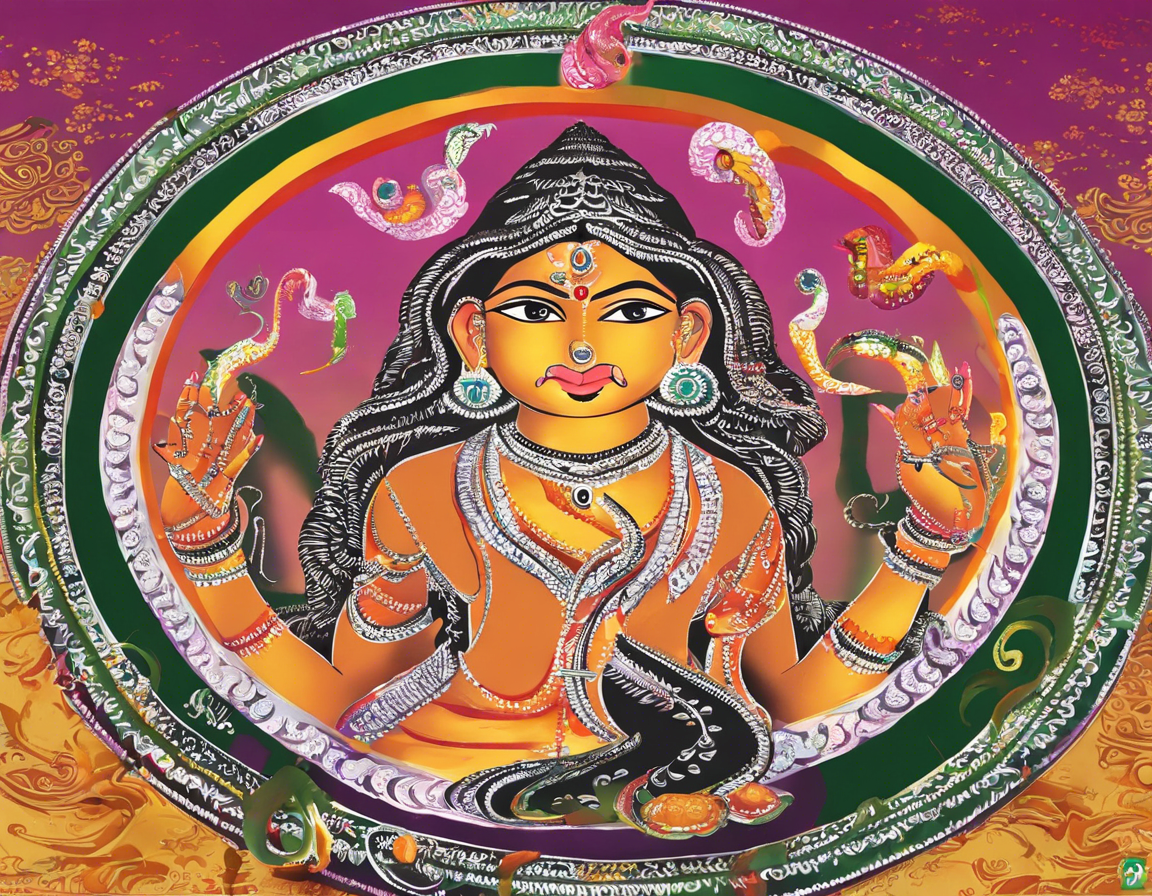Nag Panchami: Date, Significance & Celebrations
Nag Panchami: Date, Significance & Celebrations
Introduction
Nag Panchami, a traditional Hindu festival, is celebrated with great fervor across India to worship Nagas, or serpents. This festival falls on the fifth day of the bright half of the lunar month of Shravan as per the Hindu calendar, which usually corresponds to July or August in the Gregorian calendar. Nag Panchami holds immense significance in Hindu mythology and culture, symbolizing the worship of snakes for their divine powers.
Significance of Nag Panchami
In Hindu mythology, snakes are considered as divine creatures, guarding the underworld and bestowing protection upon humans. The serpent god Nag Devta is worshipped during Nag Panchami to seek blessings for the well-being and prosperity of the family. The festival is also linked to the celebration of nature, as snakes play a crucial role in maintaining the ecological balance.
Celebrations of Nag Panchami
Nag Panchami is celebrated with various rituals and customs that differ across different regions of India. Some common practices observed during Nag Panchami include:
1. Snake Idol Worship: People offer prayers to snake idols made of silver, stone, or wood in temples and homes.
2. Milk Offering: Devotees pour milk on ant hills or snake burrows as a gesture of respect towards snakes.
3. Fasting: Some Hindus observe fasts on Nag Panchami to seek the blessings of Nag Devta.
4. Visiting Temples: Pilgrims visit prominent snake temples like Mannarasala Temple in Kerala and Shesh Naag Temple in Varanasi to offer prayers.
Legend of Nag Panchami
One of the popular legends associated with Nag Panchami is the story of Kalia, the venomous serpent vanquished by Lord Krishna. It is believed that Krishna danced on the hoods of Kalia to subdue him and save the people of Vrindavan from his menace. This event symbolizes the victory of good over evil and the importance of respecting nature, including all beings.
Regional Variations
While Nag Panchami is celebrated pan India, each region has its unique way of observing the festival. In South India, in regions like Kerala and Tamil Nadu, Nag Panchami is celebrated with great pomp and show, with special prayers offered to the serpent gods. In states like Maharashtra and Gujarat, people draw elaborate rangoli designs of snakes at the entrance of their homes. In North India, especially in areas like Rajasthan and Uttar Pradesh, snake charmers perform with live snakes on this day.
FAQs (Frequently Asked Questions)
- What is the significance of worshipping snakes on Nag Panchami?
-
Snakes are revered in Hindu mythology as divine creatures with protective powers. Worshipping them on Nag Panchami is believed to bring prosperity and ward off evil.
-
How is Nag Panchami celebrated in different parts of India?
-
Nag Panchami celebrations vary across regions, with rituals like snake idol worship, milk offering, fasting, and temple visits being common practices.
-
Can non-Hindus participate in Nag Panchami celebrations?
-
Nag Panchami is a cultural festival and people from all communities are welcome to join the celebrations and experience the traditions.
-
What precautions should be taken while observing Nag Panchami rituals involving live snakes?
-
It is advisable to avoid handling live snakes during the festival and instead opt for safer alternatives like snake idols or drawings.
-
Is there any scientific basis behind the tradition of offering milk to snakes on Nag Panchami?
- The practice of offering milk to snakes is rooted in mythology and symbolism rather than scientific reasoning, emphasizing reverence towards nature.
In conclusion, Nag Panchami is not just a festival but a celebration of the harmonious relationship between humans and nature, symbolized through the worship of snakes. The traditions and rituals associated with Nag Panchami reflect the deep-rooted cultural beliefs and values of the Hindu community, highlighting the importance of coexisting with all living beings on this planet.

